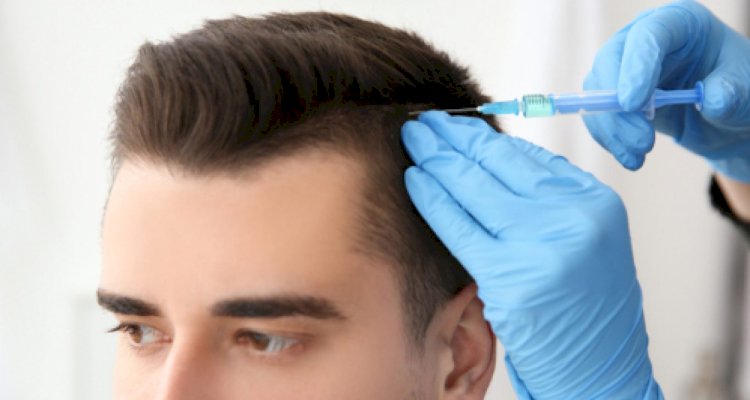What To Look For In A Surgeon When You Go For Hair Transplant Surgery- Part 1
Always keep in mind to look into the experience of a surgeon when going for the transplant. Make sure they are well experienced and experts. This helps you get good and safe treatment.

Photo Credit: Shutterstock
What should you know about the hair transplant surgeon?
Whereas it is not all for the better, the specialty of hair transplant surgery has undergone profound changes over the past 5 years. It is found that to the vulnerable hair loss consumer marketing a more risk-free, guaranteed product is as opposed to that of highly specialised cosmetic surgical procedures it is the social media, radio, television, and traditional print media. So that you know what to look for in a hair transplant surgeon, this article is intended to steer you in a more honest direction.
These advancements according to recognized hair transplant specialists have at best a minimal impact on improving the surgical outcomes and/or the lives of hair transplant patients, while there have been that when those technological advancements that are notable coming to be similar to the robotic-assisted surgery, the suction-assisted follicular extraction, as well as the semi-automated graft implantation. The potential to cause significant, permanent disfigurement is very real as also all surgical instruments are user-dependent and if unskilled, poorly trained practitioners use them. Patients must do their due diligence to make an informed decision so they choose a qualified hair transplant surgeon in today’s fast-growing, brand-driven, multi-billion-dollar hair transplant industry.
Is It A Team Work?
Requiring a team effort is performing state-of-the-art transplant surgery. The surgeon removes the donor tissue from the back of a patients scalp using a scalpel, sutures, or staples the area closed and then hands the tissue to his or her technicians to dissect into individual follicular units known as grafts in the traditional follicular unit transplant harvesting technique which now accounts for less than 30% of all hair transplant surgeries worldwide. Placing these grafts is a team of technicians under the guidance of the surgeon. Making it possible to place thousands of grafts in a single day is this team effort.
The Follicular Unit Extraction harvesting technique has slowly become the procedure of choice by most patients and in turn by most practitioners since the procedure is generally less invasive since its introduction in the early 2000s. It is possible that many physicians now delegate the more surgical responsibilities thereby to their staff that includes dissection and removal of grafts from the scalp making it therefore even more critical with the prospective patients not only understands how to choose the surgeon along with their team whereas they are also fully aware of the physician or assistant performing the aspects of the procedure.
A scalpel is not used to harvest the donor tissue and hair follicles are the only clear advantage of the FUE technique. No linear scar is left behind as no stitches are required. As donor's hair is harvested using small diameter surgical punches, dissecting and removing one graft at a time, FUE also minimises possible complications including temporary or in rare cases, there may be permanent numbness or therefore the lack of sensation on the treated donor area of the scalp. As opposed to a single long wound that requires surgical closure, this results in tiny punctuate round wounds that can heal on their own within days.
What to know about the surgery?
The fact is that most of the final result thereby depends on proper patient selection, hairline design, recipient site creation, proper handling, and surgical refinement of individual hair grafts, and many other critical steps to ensure both graft survival and a natural aesthetic while FUE can be fantastic since the technique is minimally invasive, it is only one small part of hair transplant surgery. Doing your research is the point.
Focusing only on the type of harvesting or surgical device being offered, today’s marketing of hair transplant surgery tends to leave out the most critical aspects of the procedure. Being told the procedure is somehow scarless, or worse not even surgery as many consumers are misled.
This comes as there is no such thing called a scarless hair transplant surgery. During your surgical consultation, discuss all pros and cons of the procedure with a qualified hair transplant surgeon.
Finally, it is possible to contact the International Alliance of Hair Restoration Surgeons (iahrs.org), which comes as a consumer organisation selectively screening skilled and ethical hair transplant surgeons to begin your search. It is the only society that recognises that all surgeons and surgical teams are not equal in skill and technique, as the IAHRS does not offer an open membership policy to doctors practicing hair transplantation.
The Discussion Extends To The Next Part
Finding more of the reasons you need to look for in an expert is highlighted in the next part also. So now make sure you follow these tips and get the best treatment.
What's Your Reaction?





















